6. Dead Man (1995)
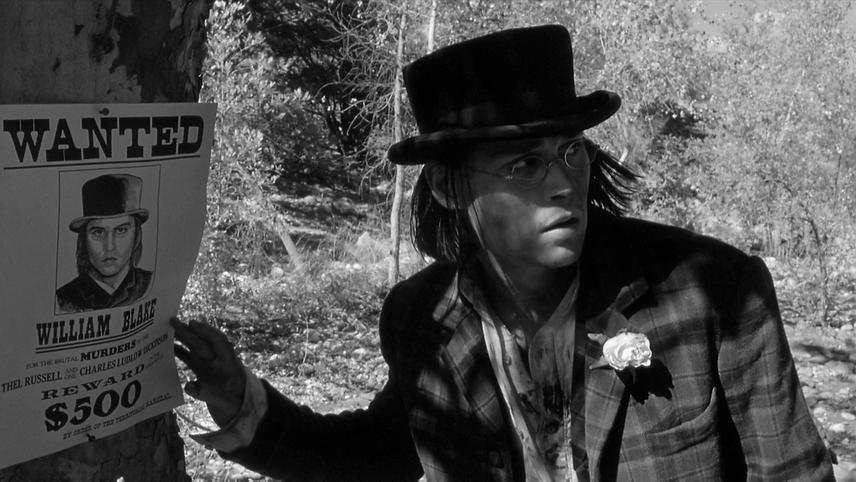
Few directors capture the raw and unbridled spirit of indie filmmaking quite like Jim Jarmusch. He has retained his off-kilter minimalist tone and affinity toward aimless narrative flow. Even on an elevated scale with a period setting and hard-lined approach towards a theme, Dead Man, Jarmusch’s idiosyncratic Western, belongs to a sole voice deploying the genre in a style that only he can convey.
Dead Man follows William Blake (Johnny Depp), a timid accountant that, after committing a murder, is on the run and partakes in an odyssey across the American West with a strong-willed Native American, Nobody (Gary Farmer). On the outside, the film is pure Jarmusch, as it is narratively loose and focuses on a misfit who seemingly lives as a foreign entity in his environment. Where most Jarmusch films are embedded with a suave thread of irony, his 1995 Western is fueled by an actively punishing and mean-spirited. Dead Man retains the lingering moodiness of Jarmusch’s films with a propulsive momentum towards a fatalist conclusion that is evident from the start.
The film’s favorable depiction of Native Americans is not intended to forgive Western interpretations of the group of people. Instead, it uses the history of Native American alienation on the big screen as a subliminal character device in the story. With the help of a guitar score by Neil Young, Dead Man takes on the likeness of a psychedelic Western. This psychedelic state strips away the Technicolor beauty of the Fordian Western and depicts the Western setting with paranoia and dystopia. Jarmusch’s take on the familiar setting resembles something closer to the treacherous jungle in a Vietnam War film. Dead Man taps into the harrowing survivalist mentality that Westerns brush upon, but rarely engage with an aggressive attitude.
7. The Quick and the Dead (1995)
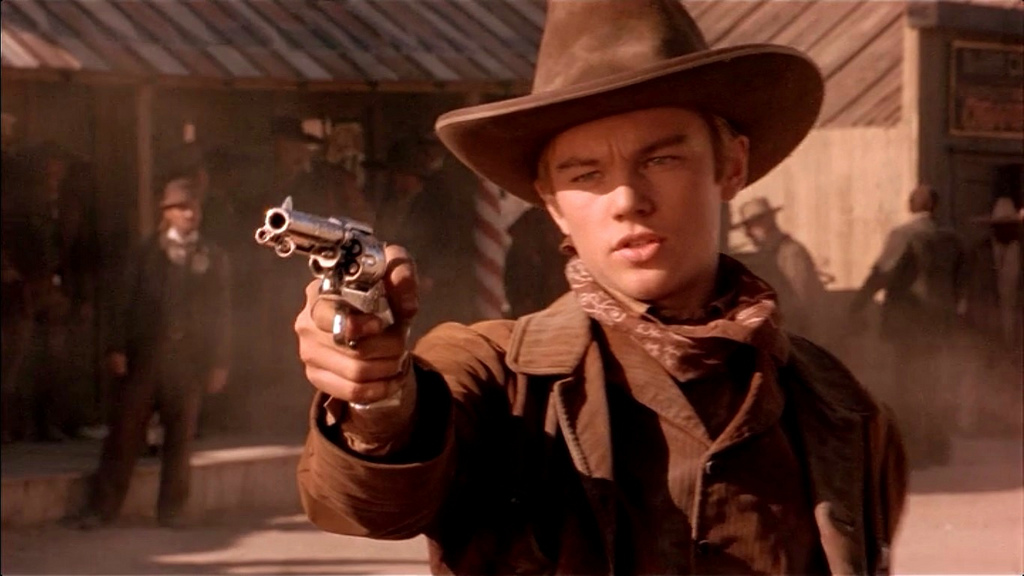
Whether he is crafting underground schlocky horror films or big-budget blockbusters, Sam Raimi is a first-rate genre director. Through a zany, D.I.Y approach to filmmaking, Raimi brilliantly manipulates the film medium and discovers intuitive methods to demonstrate his idiosyncrasy and create crowd-pleasing entertainment. His version of a Western, The Quick and the Dead, evokes a tongue-in-cheek attitude towards the genre and earnestly pays homage to its tropes.
Raimi’s Western follows a mythical gunfighter, Ellen (Sharon Stone), who returns to a frontier town to enter a dueling tournament run by the town’s ruler, Herod (Gene Hackman), who is responsible for her father’s death. On paper, and especially given Raimi’s winking nature as a storyteller, the synopsis reads like a cheap parody. However, there is a palpable amount of sincerity to the seemingly fraught stakes of the film, flourishing a proper amount of weight to the Stone and Hackman characters.
This is not to say that The Quick and the Dead does not have its fair share of genre exploitation. Raimi relishes in the broad character archetypes of the lone ranger, corrupt sheriff, bumbling sidekick, and young buck cowboy. In this sense, the film is the definitive tribute to the genre and its contributions to the most essential facets of filmmaking.
The Quick and the Dead is at its most visceral and engaging as a genre exercise, and this is exhibited through the expertly orchestrated gunfighting duels. These sequences are perfectly Raimi–dialing in on a beloved set piece and twisting and turning the creation of them inside-out. As a result, he moves the camera in places the cameras are not intended to be. He never runs dry on disorienting angles to shoot these scenes. Sure, the film is lacking regarding a revisionist text or impactful statement of the old West, but Raimi wholly encapsulates why the genre is so ingenious to work within.
8. Lone Star (1996)
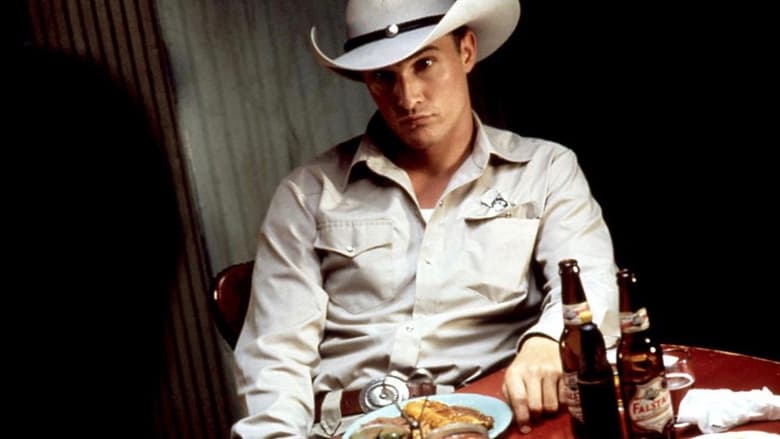
An underappreciated versatile filmmaker, John Sayles is one of the most resounding sociological commentators in the medium. His genre sensibilities and political eye made him one of the more provocative directors of his generation. His abilities as a music video director for Bruce Springsteen, screenwriter for Joe Dante, and director of character dramas all converged to create Lone Star, a postmodern neo-Western.
The film follows Sheriff Sam Deeds (Chris Cooper) discovery of harrowing secrets buried in a Texas border town and the ensuing investigation. Lone Star is equally indebted to mystery films as it is to Westerns. Sayles samples Western iconography to enhance the cryptic mystery. The film is a fitting companion piece to Orson Welles’ border-noir, Touch of Evil, as Sayles’ longing to search for definitive answers is sidelined by the humbling examination of crime and punishment.
The film is unflinching in its portrait of America’s supposed noble roots and carries a mindset that the nation, collectively speaking, will never learn from its past wrongdoings. The initial murder discovery and the cover-up attached to it seamlessly evoke a harsh pathos regarding Western fables. The push to alter history within the town’s politics mirrors how Westerns historically rewrite the founding of America.
The familial relationship between Sam and his father, Buddy (Matthew McConaughey), through flashbacks, supplements the grand stakes of the investigation. Sayles understands that bleak revisionist history works best when there is a personal connotation with the reckoning of the past. Lone Star, despite its striking visual language, depicts the Western at its harshest, and perhaps most hopeless.
9. Open Range (2003)
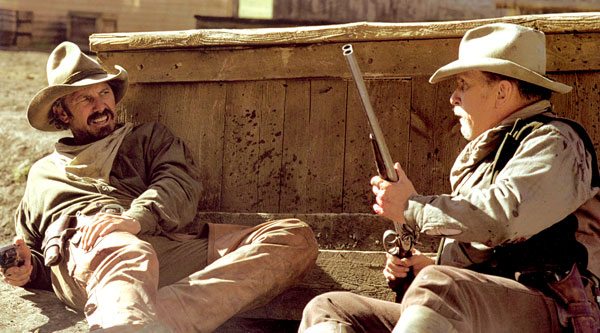
While he had plenty of doubters, Kevin Costner announced himself as a formidable director with his Best Picture-winning Dances With Wolves. His new-wave vision of Westerns soulfully blended with the giants that cemented the genre, but after a string of flops as an actor and director, Costner was disregarded. Unbeknownst to most, he envisioned arguably his most captivating portrait of the West years after his heyday in Open Range.
Costner’s last film as of now is about former gunslingers, Charley White (Costner) and Boss Spearman (Robert Duvall), who are forced to get back on the saddle after his crew is threatened by a corrupt lawman. The film’s synopsis reads like rudimentary Western fare–to the point of cliched and tiresome storytelling, but Costner’s reverence and enthusiasm for the genre manifests itself in the visual language and performances.
The meticulous pacing of Open Range lulls the viewer into a sense of familiarity, but a demonstration of brutality leaves viewers in doubt of the standard tropes. The slow burn is at least supplemented by alluring performances by Costner and Duvall, whose riveting chemistry recalls Westerns of the past in their examination of companionship between outlaws. There is a palpable attempt on Costner’s part to sample the Western giants in John Ford, Howard Hawks, and Sergio Leone.
At the film’s most flat stretches, Open Range acts as a pretender, and maybe even pretentious. For a film that likens itself to be contemplative, it ultimately operates as a tale of good versus evil. However, this might not be such a negative aspect. When executed proficiently, an homage can be touching and powerful, and that’s exactly what Costner achieved with Open Range, a film that demands the star to return to the director’s chair.
10. Bone Tomahawk (2015)
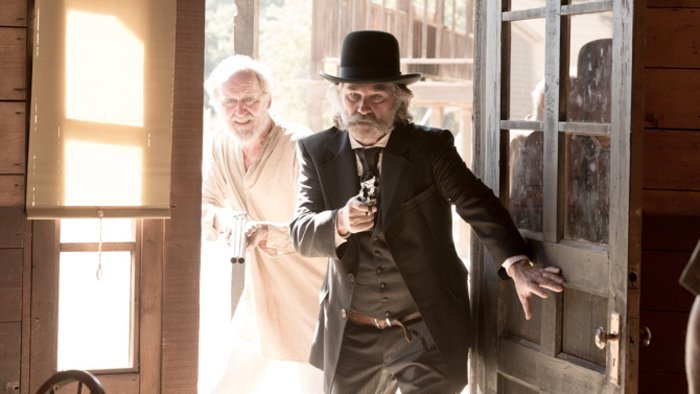
In the last decade, S. Craig Zahler has emerged as a distinct filmmaking voice. Interested in provocative ideas and characters, his films are quite divisive, and can easily be looked upon unfavorably in many corners. The director has established himself as a visionary who supplies direct-to-video schlock with even more trash. His directorial debut, Bone Tomahawk, is a twisted interpretation of the Western with a perverse sampling of comedy and horror.
Zahler’s film is about the elderly Sheriff Hunt (Kurt Russell) and his crew set out to rescue their town’s doctor from cannibalistic cave dwellers at the turn of the 20th century. Bone Tomahawk is heavily invested in analyzing the final days of the American West. Mimicking the stylistic and tonal sensibilities of Sergio Leone, Bone Tomahawk is comfortable as grimy pulp.
Despite its grand ideas, the film is void of any pretentiousness. As Zahler would only escalate in his future films, his 2015 debut is quite brutal in its demonstration of violence, as well as in attitude. Rarely are Westerns this punishing and barbaric. The noteworthy scene in which a deputy is torn to pieces by the cannibal is as vicious on screen as it reads in print.
Zahler’s alleged conservative ties can be deployed to the greater text of Bone Tomahawk, with spiteful remorse being an allusion to the rapid progress of the present and disregard of the deemed wholesome past. Because of its headstrong perspective, Bone Tomahawk is committed to deconstructing Western tropes as strongly as any self-proclaimed revisionist film. While the film satisfies tropes through its basic narrative structure and character archetypes, Zahler uses the genre’s backdrop to unleash havoc.